Best plants for sandy soil – gardening and plant experts recommend the 9 flowers and shrubs that will thrive in these conditions
Discover what expert-approved varieties to grow if you want the best plants for your sandy soil


Light and sandy soil can be a gift to cultivate as it's easy to dig over and work on all year round. The downside is that it can become very dry during summer, which means some of the best plants for sandy soil tend to be drought-tolerant varieties. This type of soil can also leach nutrients as everything drains through it.
The plants that thrive in sandy soil tend to have root systems that penetrate the ground deeply in order to reach the nutrients they need. They often have leaves that are adapted to reduce moisture loss, such as being waxy or having a covering of fine hairs. Reliable varieties like lavender, butterfly bush and coneflowers are a great starting point as some of the best plants for sandy soil.
Ahead of choosing plants it's always a good idea to check out soil types to establish what conditions you're working with in your garden. Having said that sandy soil tends to be much more obvious so save yourself the bother of doing a soil test unless you're really unsure.
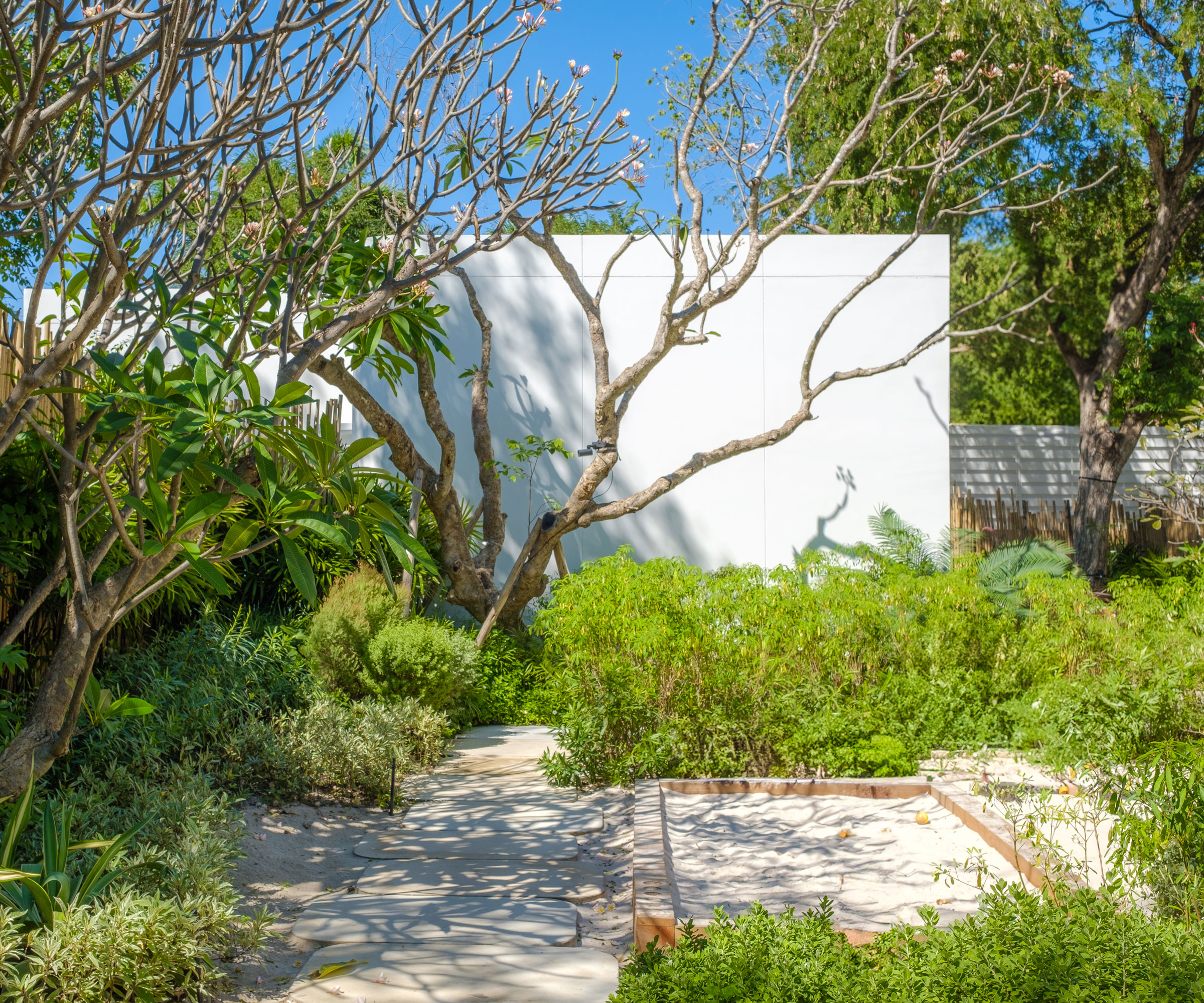
Sandy soil tends to be associated with dry, Mediterranean style gardens as well as xeriscaping
9 of the best plants for sandy soil
There are lots of positives about sandy soil. It will happily accommodate a range of flowers, plants and trees, especially if you improve the texture by digging in organic matter. Once you have improved the soil health this will help the moisture-retaining ability of the soil too.
Light sandy soils drain fast after rain, and are easy to cultivate. They warm up more quickly in spring too, so you can get plants in the ground earlier than, say, plants for clay soil.
We asked 12 experts for their recommendations for the best plants for sandy soil and here are the varieties that made it onto the shortlist.
1. Blanket flower
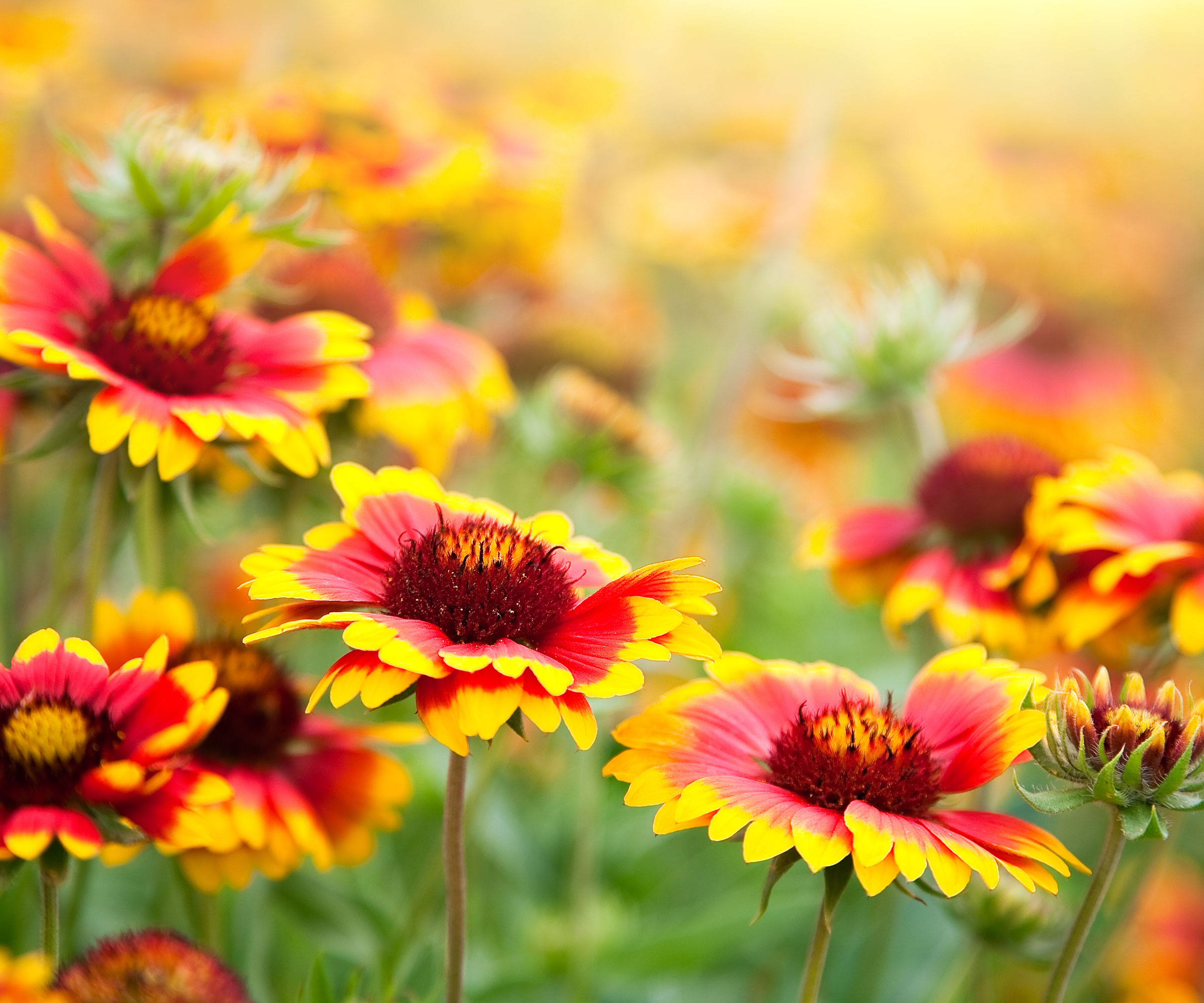
One of the best plants for sandy soil is blanket flower, especially if you're looking for low-maintenance drought resistant plants if you live in an area with hot and arid summers.
Design expertise in your inbox – from inspiring decorating ideas and beautiful celebrity homes to practical gardening advice and shopping round-ups.
'Blanket flower is one of the toughest perennials for sandy soil,' says Nature Hills' garden expert Whitney Laritson. 'It blooms profusely from early summer to frost in vivid reds and oranges, and tolerates poor soils. It bounces back from heat and drought like a champ, which is good news for those of us who aren't as good about watering in summer as we should be.'
Thriving in hardiness zones 4-9, blanket flower is also known as firewheels and by the botanical name Gaillardia. To maximize the bloom time of these daisy-like flowers it’s best to stay on top of deadheading. Simply snip off any faded blooms regularly and it will keep producing flowers until first frost.

Whitney Laritson is a garden expert and has been the merchandising and content manager at Nature Hills Nursery, based in Omaha, NE, for over six years. Nature Hills is passionate about providing high-quality plants you can count on.
2. Coneflowers
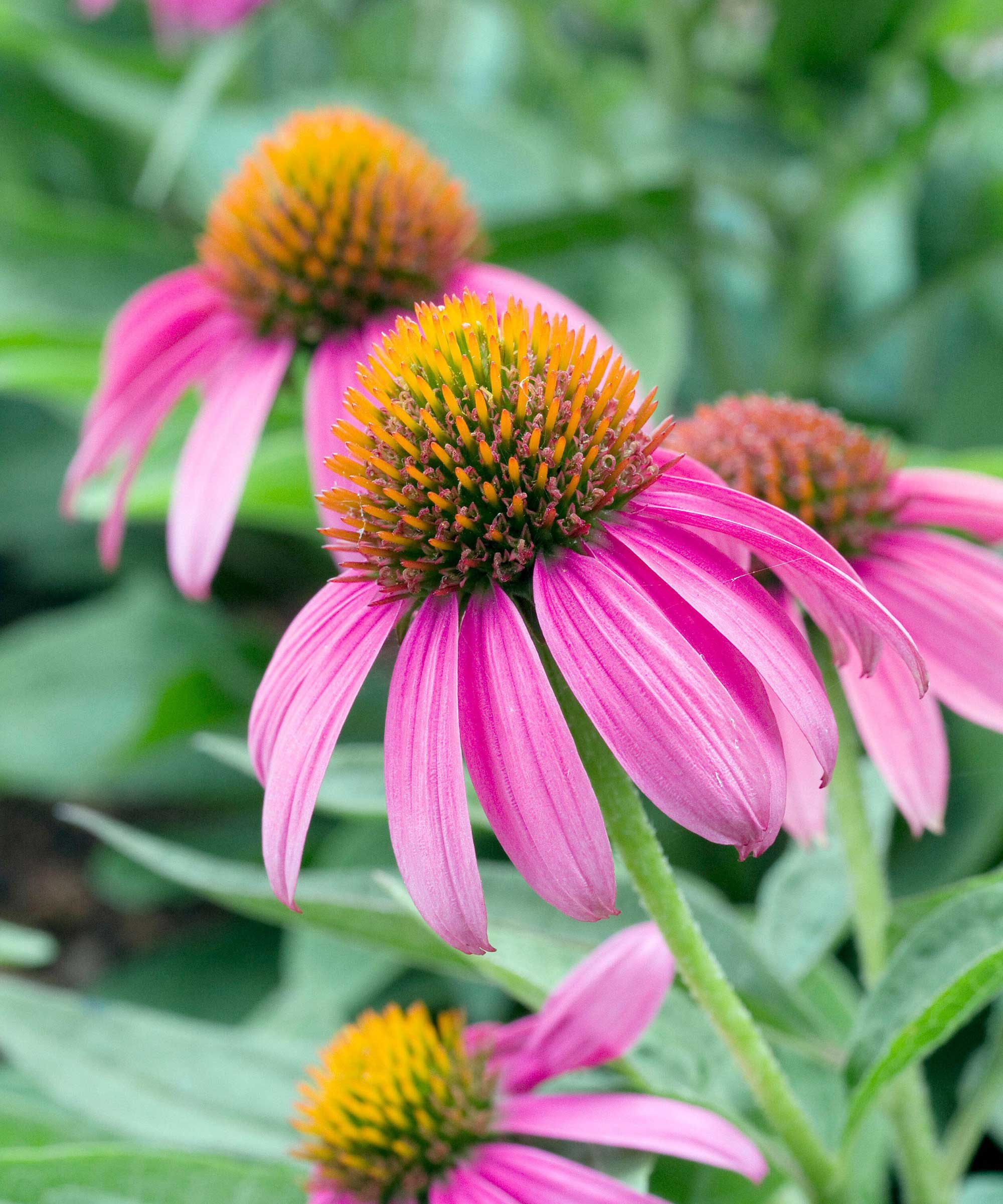
'Coneflowers (also known as Echinacea) have a deep taproot system that can access moisture well below the surface, making them highly drought-tolerant and perfect for fast-draining sandy soil,' says garden expert Kelly Funk, president and CEO at Jackson & Perkins.
'They are native to prairies and open woodlands, and are adapted to poor soil conditions, heat, and periods of drought.'
Rarely troubled by pests or diseases, coneflower varieties can naturalize in a garden without becoming aggressive, making them easy to maintain and a wonderful choice for sandy soil in zones 4-9. Coneflowers also suit prairie planting and wildflower meadows, especially as they're natives of North America.

Kelly Funk is the president and CEO of Jackson & Perkins online nursery, which dates back to 1872, and has a reputation for cultivating exceptional roses. A passionate gardener herself, Kelly brings hands-on knowledge and a deep appreciation for plants to her leadership.
3. Flowering bulbs
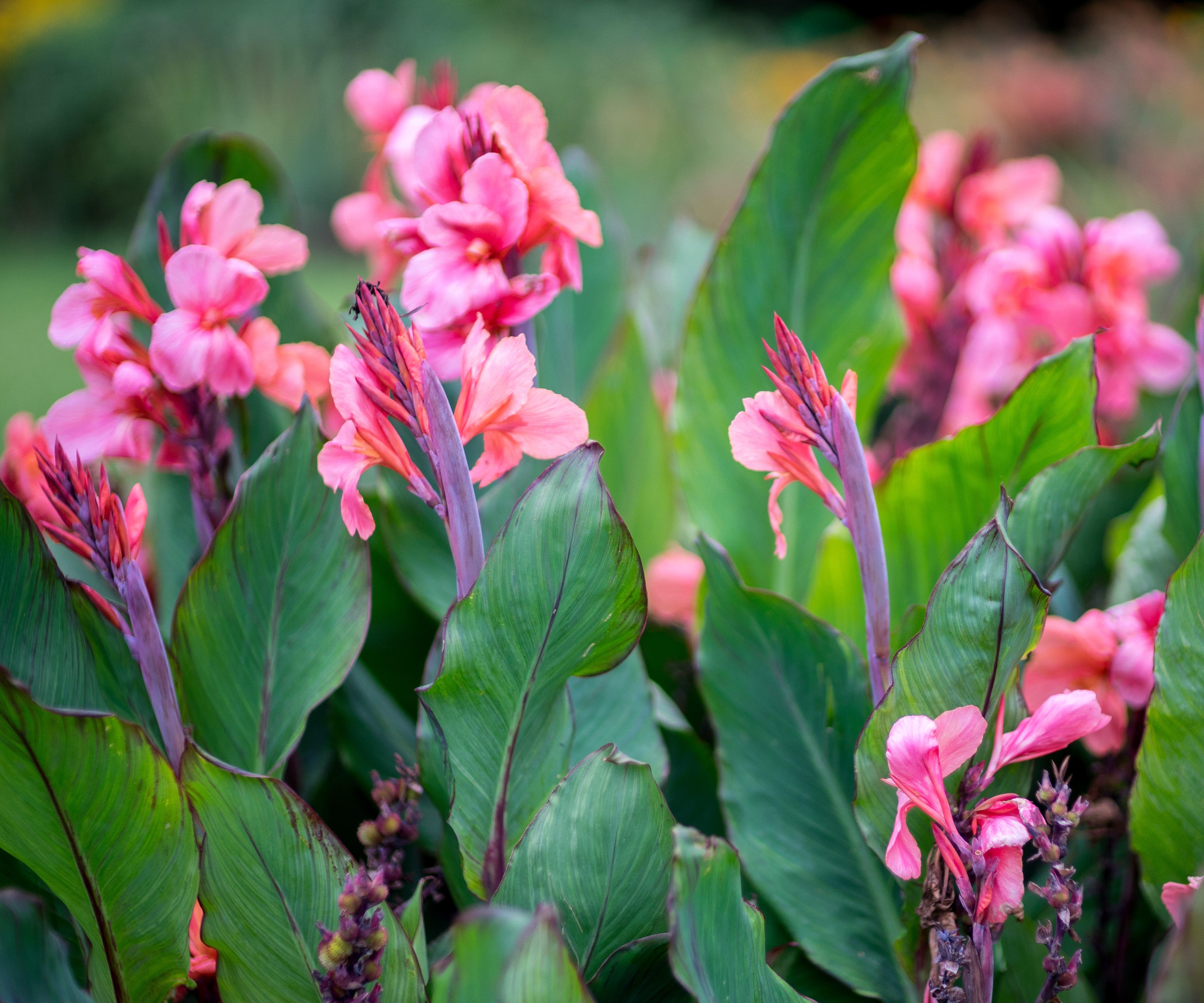
Canna lily flowers
'Flowering bulbs thrive in sandy soil thanks to its excellent drainage, which helps prevent root rot, a common issue in wetter conditions,' says horticulturalist Peggy Anne Montgomery of Flowerbulbs.com.
'The loose texture also allows bulbs to root easily and helps the soil to warm up quickly in spring. Tulips, daffodils, alliums and lilies flourish in these conditions, which is one reason the Dutch, renowned for their bulb-growing expertise, have had such success with their sandy-soiled fields.'
The best summer bulbs add color, scent and gorgeous flowers to your planting design. In addition to alliums and lilies try agapanthus, canna lilies or crocosmia, all of which will thrive in well-draining sandy soil.

Peggy Anne Montgomery is a horticulturist with 35 years' experience in the industry in the Netherlands and the US. Her home garden has appeared on television, in several gardening books, and in many magazines. Today, she is an executive account manager at the Garden Media Group, where she represents Dutch Royal Anthos, the largest consortium of Dutch bulb growers and exporters in the US and Canada.
4. Desert sage
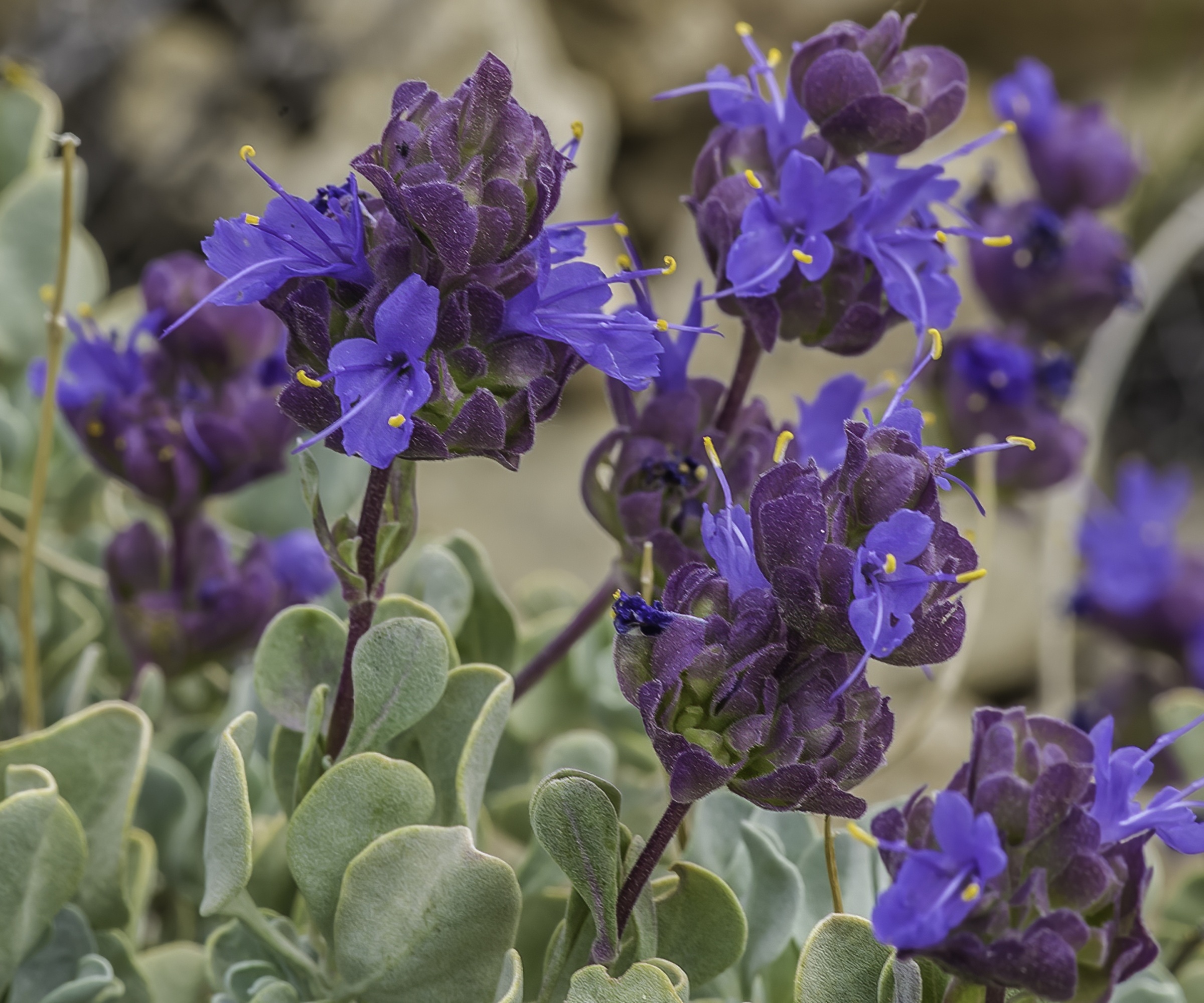
'I live and garden in Santa Fe, NM, where the sun is hot and the soil is sandy,' says Ellen Zachos of the backyardforager.com. 'I love desert sage (Salvia dorri) because even when it's not in bloom, it's a gorgeous plant with gray foliage and wavy leaf margins. In bloom, the numerous purple-blue flowers stand out and almost make you feel cool on a very hot day.
'The foliage is fragrant, which makes it unappealing to bunnies and other nibblers. Hardy in Zones 5-9, it grows to around 15 inches tall and spreads up to 24 inches. Desert sage blooms in mid-late spring, depending on where you garden.'
Native in the arid regions of the western US, this perennial shrub thrives in harsh conditions and is one of the best plants for sandy soil. It's a favorite for xeriscaping designs too as it needs so little water.

Ellen Zachos is a Harvard graduate and the author of eleven books. She taught at the New York Botanic Garden for many years, before moving to Santa Fe. Ellen was named a Great American Gardener by the Epcot Flower and Garden Festival. For more than five years, she was the co-host of the award-winning Plantrama podcast with C L Fornari.
5. Bayberry
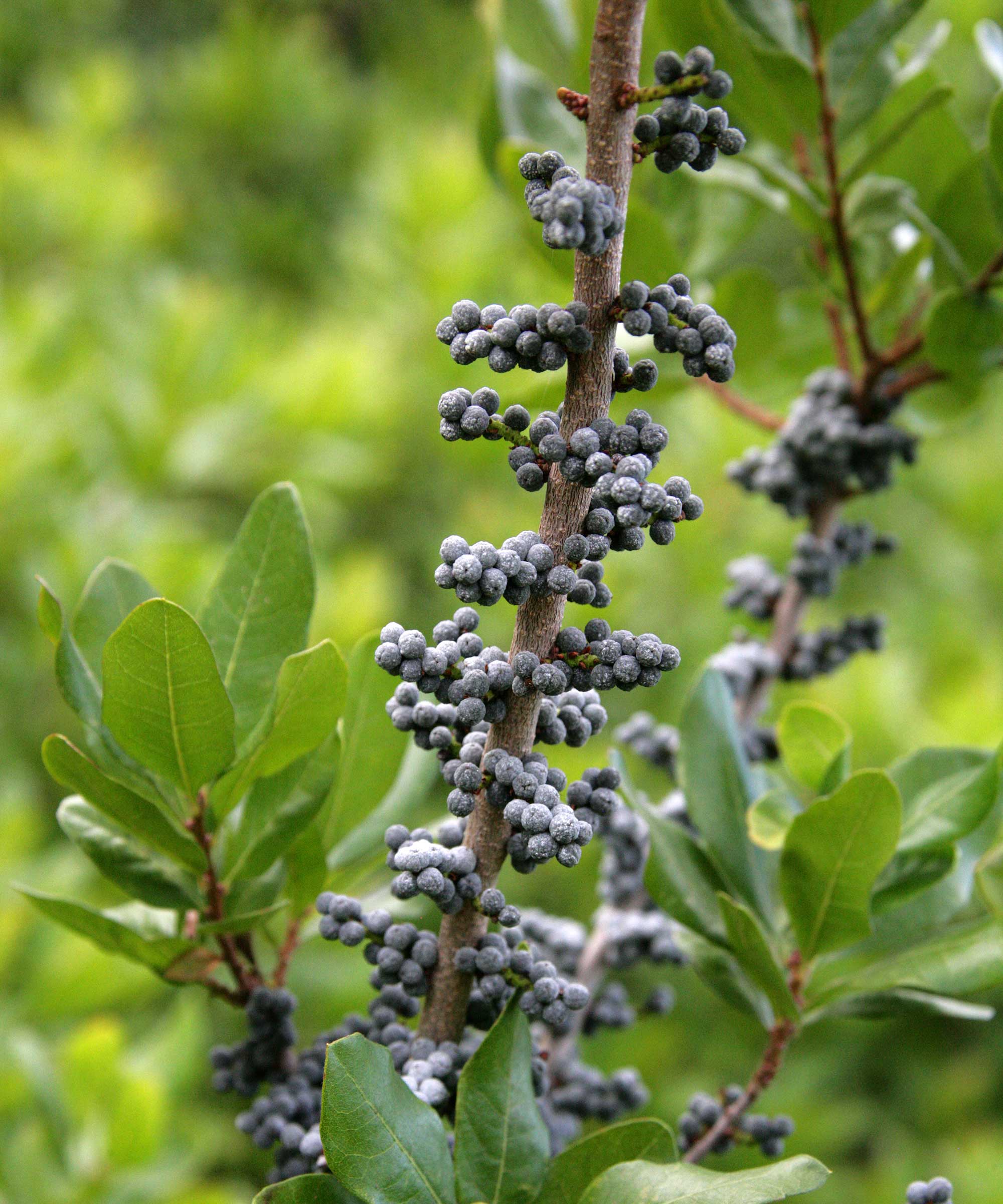
'One of the best plants that consistently performs well in sandy soil conditions is bayberry,' says Dr William Reichert, a plant biology PhD and founder of Doomsday Gardens. 'It's one of my go-to's for sandy soil.
'Bayberry is a native shrub that fixes nitrogen and grows where most others won’t, making it ideal for stabilizing sandy sites. It's resilient, low-input, and highly functional, which is exactly what I look for in a plant.'
Add aromatic bayberry to your garden and you'll get a versatile semi-evergreen landscaping shrub with an upright growing habit. It has waxy blue-gray fruit that adds winter interest and makes it a great choice if you're looking for plants for birds.

Dr William Reichert is a plant scientist and founder of Doomsday Gardens, a consultancy focused on sustainable agriculture and resilient land use. He holds a PhD in Plant Breeding and Genomics from Rutgers University. Through Doomsday Gardens, he helps people design food-secure, regenerative growing systems built for a changing world.
6. Oakleaf hydrangea
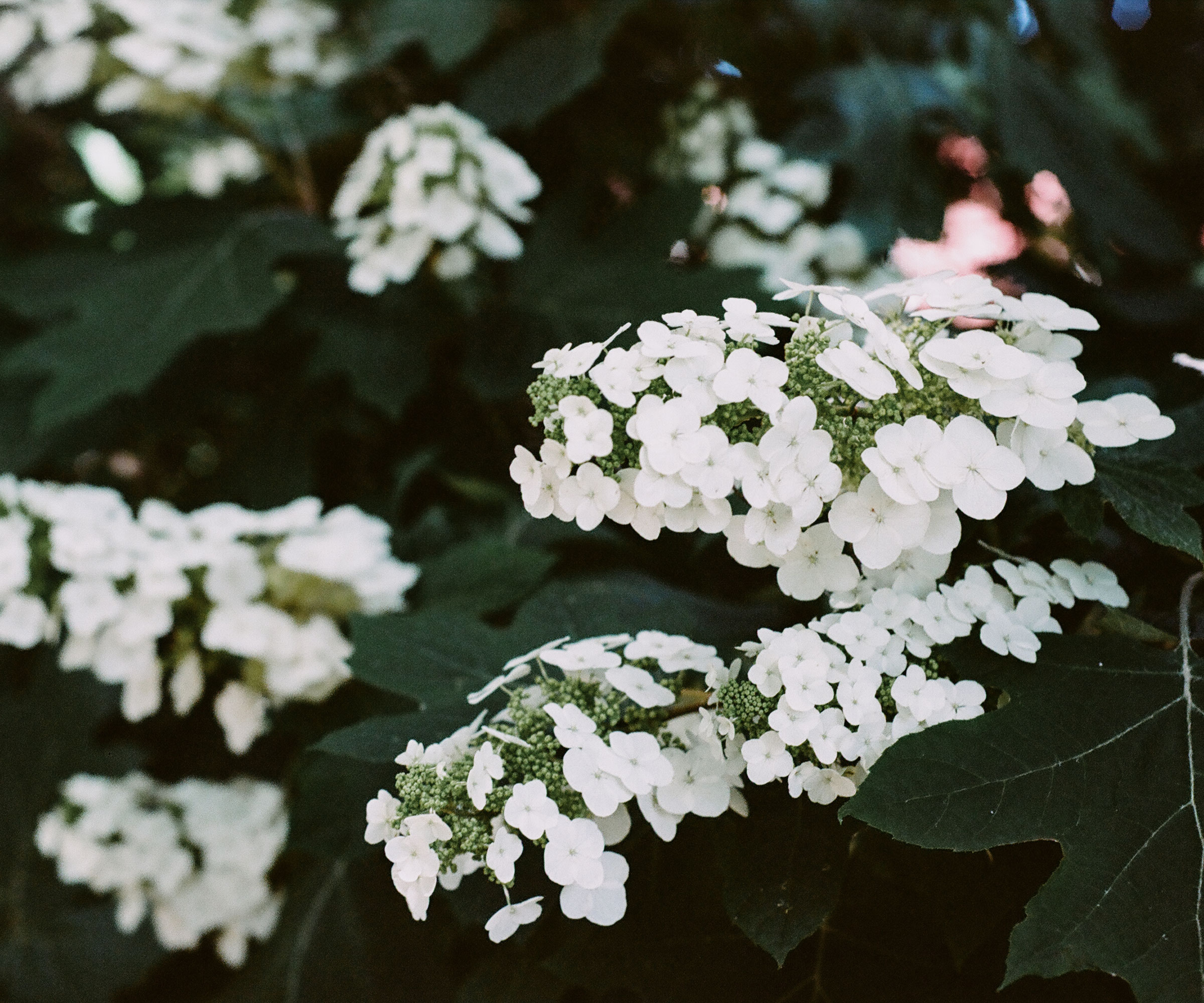
'The thing about sandy soil is that water passes right through it,' says Heather Evans of designyourwild.com. 'North American native plants tolerate a wide range a conditions and many thrive in sandy soil. That said, I garden in pure sand in North Florida and have found that starting with larger plants makes it easier for them to establish.
'My absolute favorite shrub for sandy soil is oakleaf hydrangea (Hydrangea Quercia). Growing to 8ft tall and wide, oakleaf hydrangea has gorgeous white panicles in midsummer. The panicles turn pink and then brown, lasting well into fall, when the big maple-like leaves turn purple-brown, too. I put them in pairs on either side of my driveway and incorporate them into tapestry hedges.'
Find out how to grow hydrangeas including all you need to know about planting and caring for these spectacular shrubs, and you'll quickly find they're one of the best plants for sandy soil. Try this Hydrangea quercifolia 'Sike's Dwarf' from Nature Hills , which has creamy white flower clusters and is super-easy to grow.

Heather Evans is a master gardener and writes designyourwild.com, the No. 1 North American garden design newsletter on Substack. She is passionate about design and the environment.
7. Adam's needle
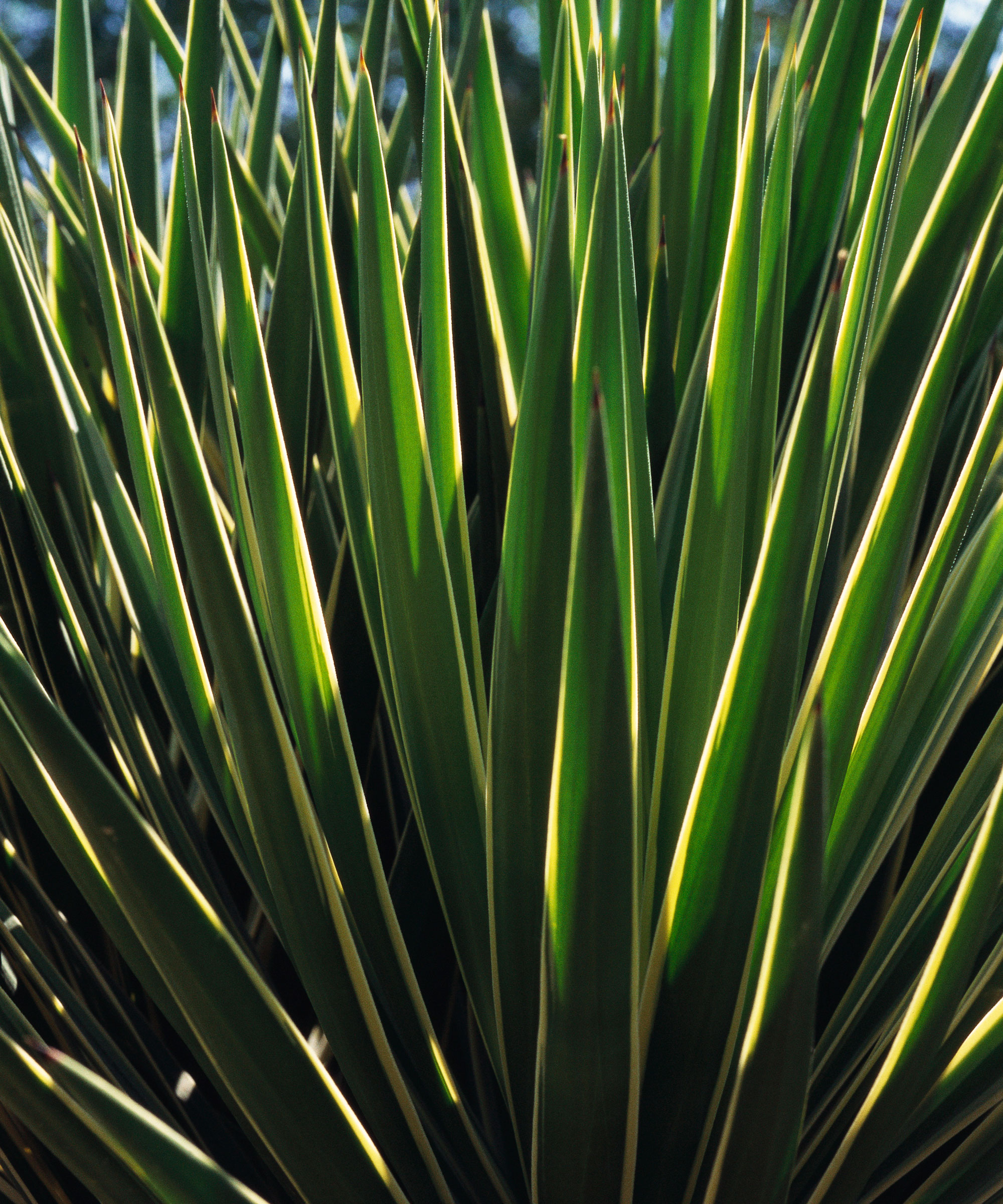
'I have gardened in the sandy soils of central Wisconsin, the heavy clay and rock in New York's mid-Hudson Valley, and the beach sand of Cape Cod, and I can tell you that sandy soils are wonderful for gardening,' says C L Fornari, author of Sand and Soil – Creating Beautiful Gardens on Cape Cod, available from Amazon. 'More plants prefer well-drained soil than constantly wet ground, and it's easy to grow plants in sand as nature does, by amending with organic material from the top down.'
C L suggests choosing Adam's needle (Yucca filamentosa) for a plant that does very well in sand. Hardy in zones 4-10, this variety has a deep tap root to store water so is very drought tolerant.
Easy-care Adam's needle yucca has handsome, sword-like leaves all year-long that grow into a shapely rosette. Butterflies and hummingbirds love their creamy white flowers. These plants are heat, cold and drought tolerant, and disease and insect resistant. Try these handsome architectural foliage plants in dry, sunny borders where they will grow 3-4 feet tall – you can buy Adam's needle at Nature Hills.

C L Fornari is a creative gardening expert and consultant, as well as a writer, speaker, radio host of The Garden Lady (WCAI and WGBH, Saturdays at 1pm) and co-host of Plantrama. She has presented to horticultural groups and garden clubs throughout the US.
8. Allium stipitatum ‘White Giant’
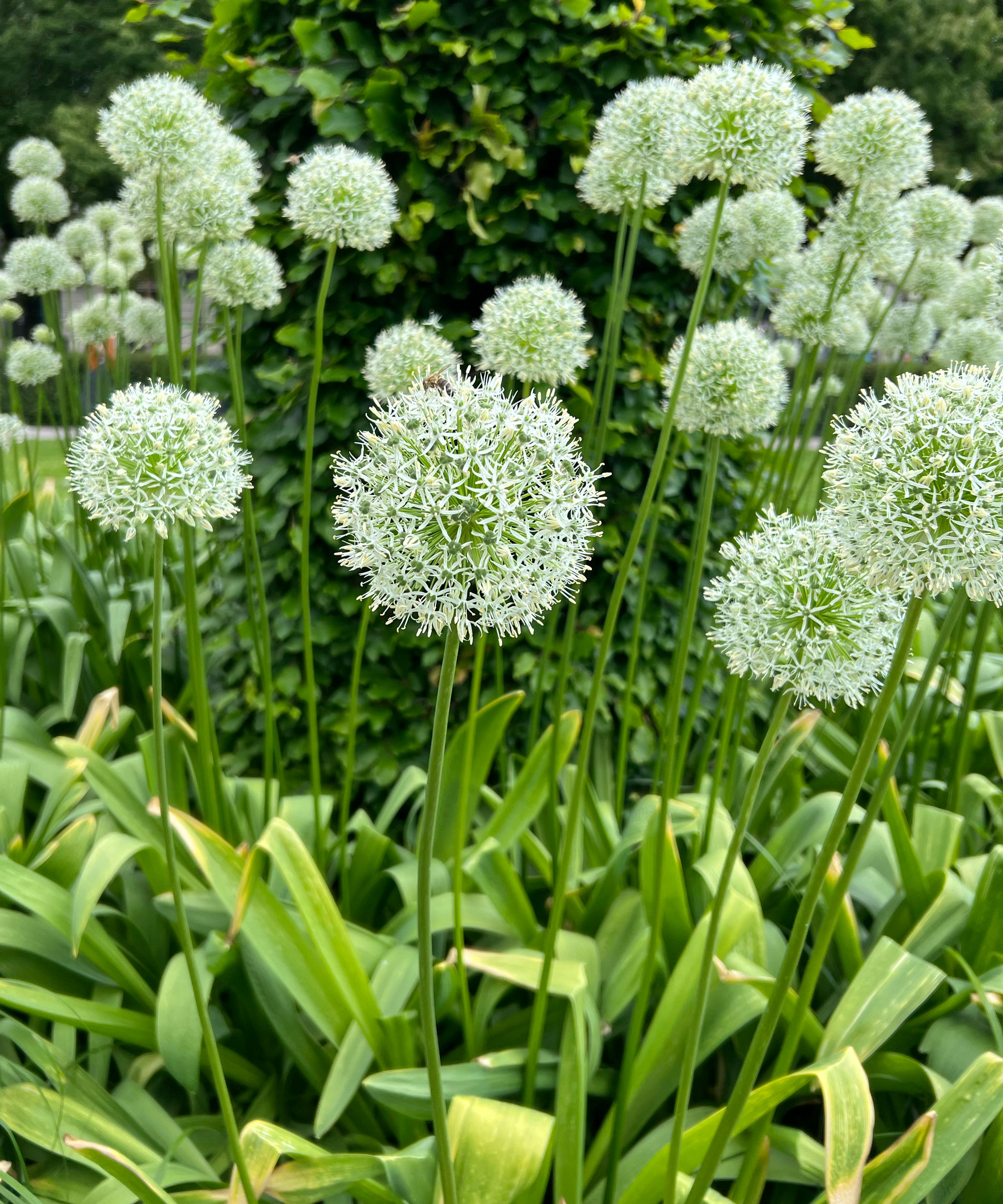
'I garden in Chicago, where many of our parkway strips are made up of fast-draining, sandy soil,' says James Mastaler. 'This is a challenge for many plants, but a great match for certain hardy bulbs. One of my personal favorites is Allium stipitatum ‘White Giant’. I grow it in my own parkway garden, and it's proven to be a reliable performer year after year.
'This ornamental onion is one of the most dependable and one of the best varieties of allium bulbs I’ve grown in sandy soil. Each spring, it sends up broad, bluish-green leaves followed by tall, upright stems that hold large, globe-shaped white blooms. The flowers appear in late spring and persist for weeks. Even as they fade, the seed heads continue to add structure and visual interest well into summer.'
James' tip for success is to plant these bulbs in the fall in zones 4-8, about 6 to 8 inches deep and 10 to 12 inches apart. They prefer full sun and good drainage, so sandy soil works in their favor. 'I don’t fuss over them, just a little compost at planting time, and they come back reliably each year without the need to divide.'

James Mastaler is the founder of Pistils & Pollen, a plant care education platform and online community helping new plant parents and urban gardeners grow with confidence. James teaches practical, beginner-friendly approaches to plant care through video tutorials, a mobile app, and his signature online course, Houseplant Essentials. He also shares insights from his own city garden, where he grows a variety of bulbs, perennials, and pollinator-friendly plants.
9. Desert marigold
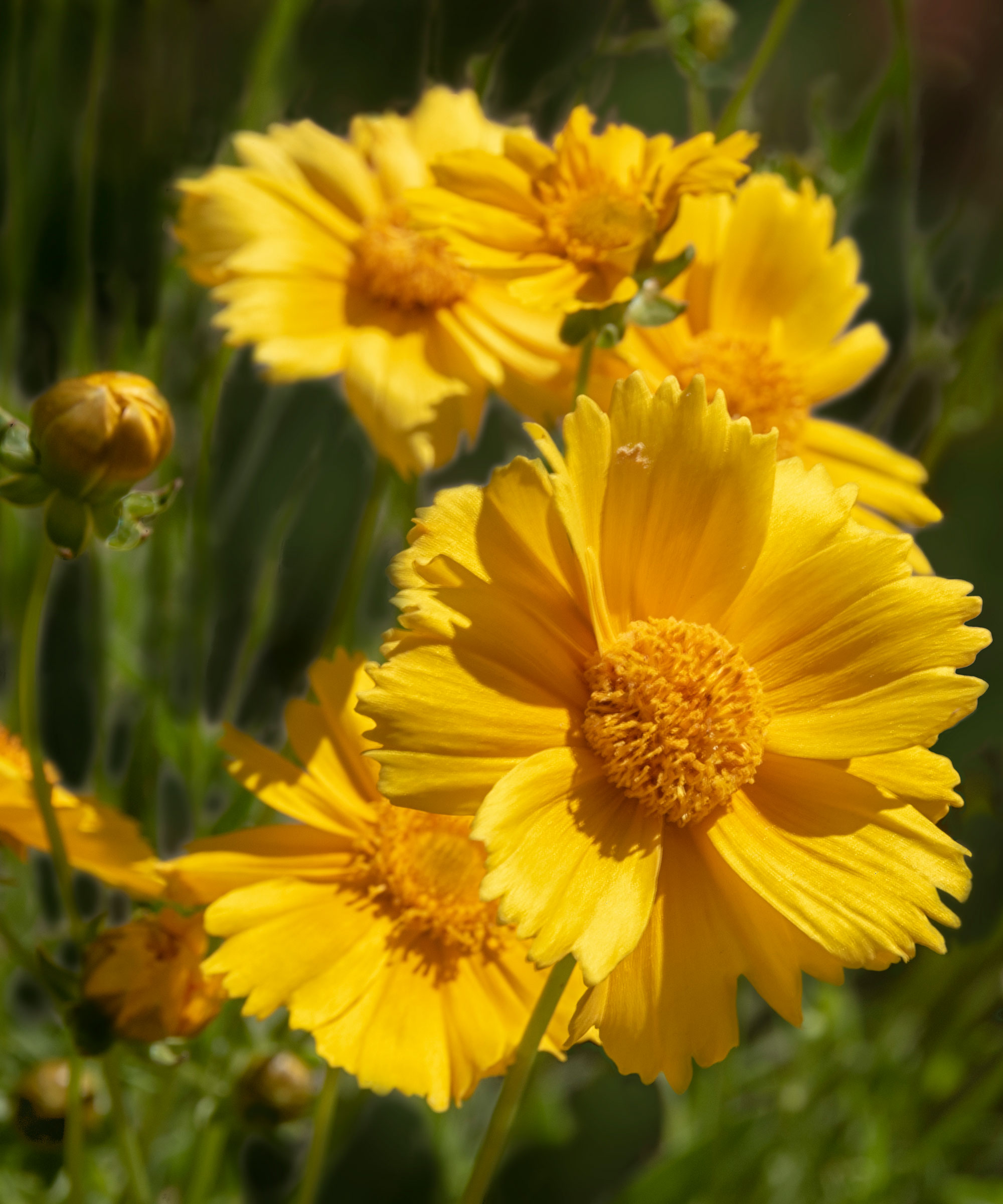
One of the biggest challenges sandy soil presents is the lack of moisture retention. 'In hot areas with low rainfall, such as those in the Southwest, people think cactus is the only answer,' says Michele Chambliss. 'Yet, when we turn to native planting for inspiration, possibilities open up for flowers that thrive in sandy soils, even in areas with water restrictions.
'Desert marigold (Baileya multiradiata) checks all the boxes for me because this perennial not only tolerates fast-draining soils, it actually prefers life on the dry side. Extremely heat and drought tolerant, desert marigold is perfect to use in naturalistic native plant schemes, desert cottage gardens, or among cactus and succulent plants.'
Michele concludes that she would be hard pressed to find a more cheerful looking flower, and the silvery foliage seems to glisten in the sunlight.
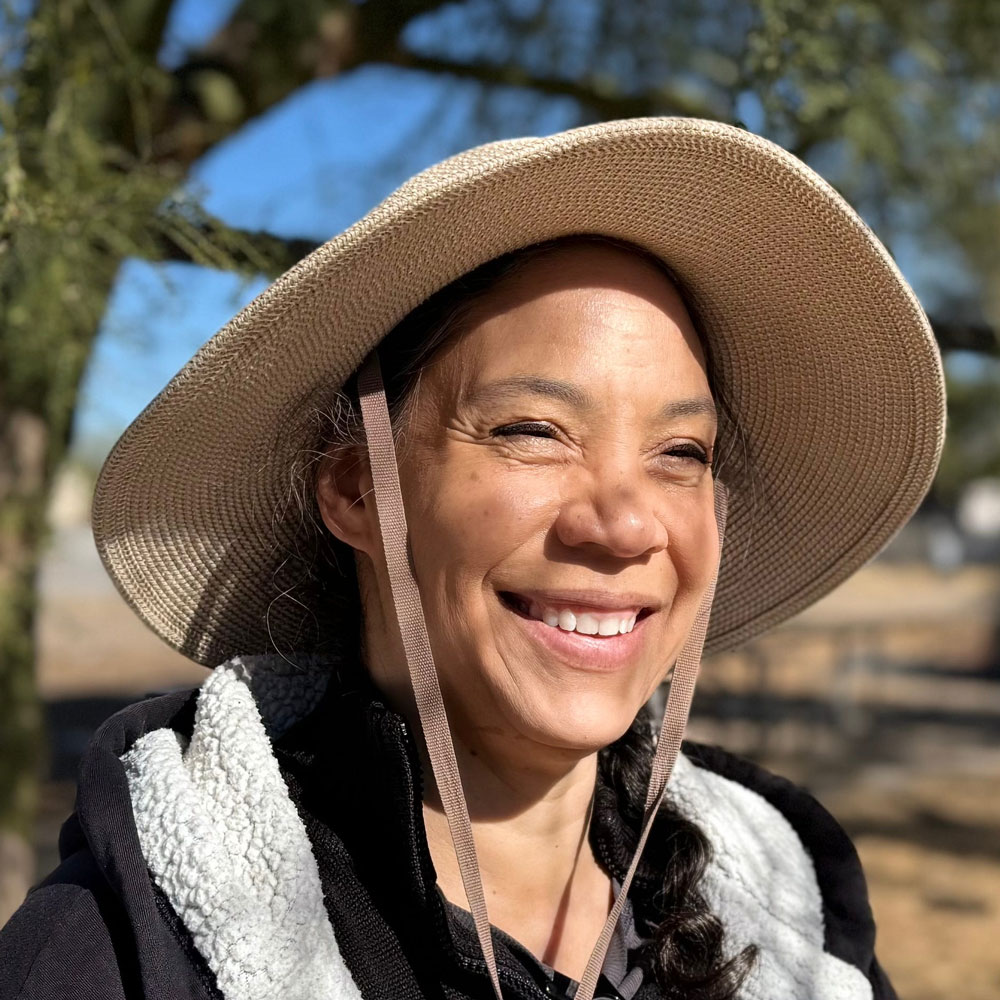
Specializing in designing with native plants, desert cottage garden style, container design, and edibles, Michele Chambliss is a 'plant-driven' garden designer based in Las Vegas, NV. An American Society for Horticultural Science Certified Horticulturist, she has worked in many facets of horticulture for 25 years, from maintenance to design.
Did you know that you can grow plants that improve soil quality? You can also find out how to boost soil nutrients, useful for all types of soil not just sandy soil if you want to give your plants the best possible start.

Lifestyle journalist Sarah Wilson writes about garden design and landscaping trends for Homes & Gardens. She has studied introductory garden and landscape design, and also has an RHS Level 2 qualification in the Principles of Plant Growth and Development. She is a regular contributor to Homes & Gardens and Livingetc. She has also written for Country Living, Country Homes & Interiors, and Modern Gardens magazines
You must confirm your public display name before commenting
Please logout and then login again, you will then be prompted to enter your display name.